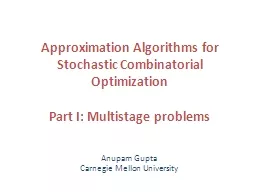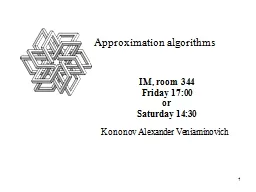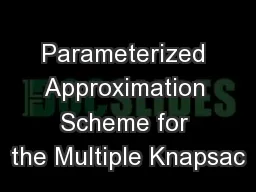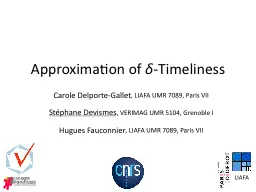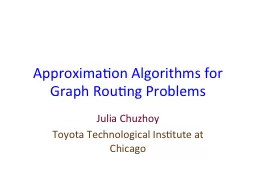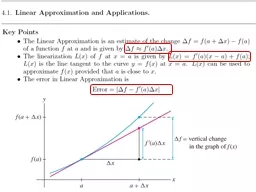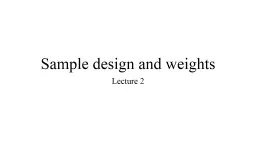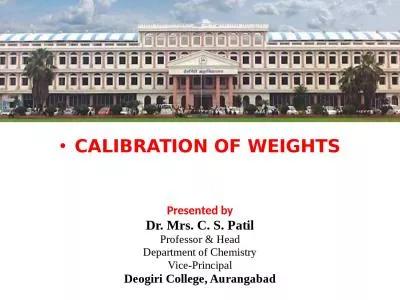PPT-How do weights affects approximation algorithms?
Author : cady | Published Date : 2023-06-23
How do weights affects approximation algorithms As usual there are no rules whatsoever However I will provide some interesting examples in which weights make a difference
Presentation Embed Code
Download Presentation
Download Presentation The PPT/PDF document "How do weights affects approximation alg..." is the property of its rightful owner. Permission is granted to download and print the materials on this website for personal, non-commercial use only, and to display it on your personal computer provided you do not modify the materials and that you retain all copyright notices contained in the materials. By downloading content from our website, you accept the terms of this agreement.
How do weights affects approximation algorithms?: Transcript
Download Rules Of Document
"How do weights affects approximation algorithms?"The content belongs to its owner. You may download and print it for personal use, without modification, and keep all copyright notices. By downloading, you agree to these terms.
Related Documents




